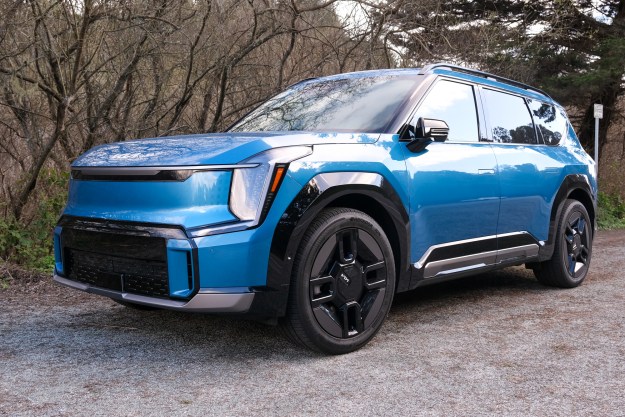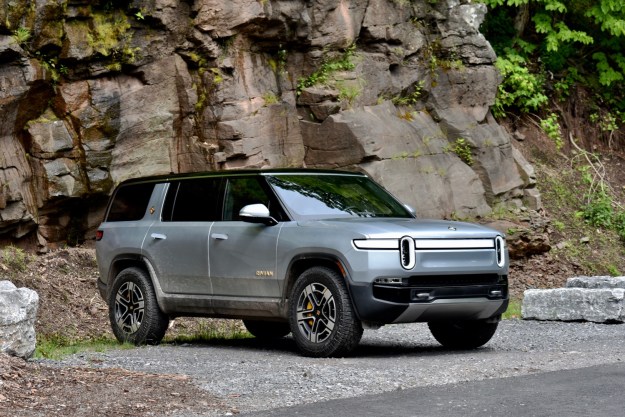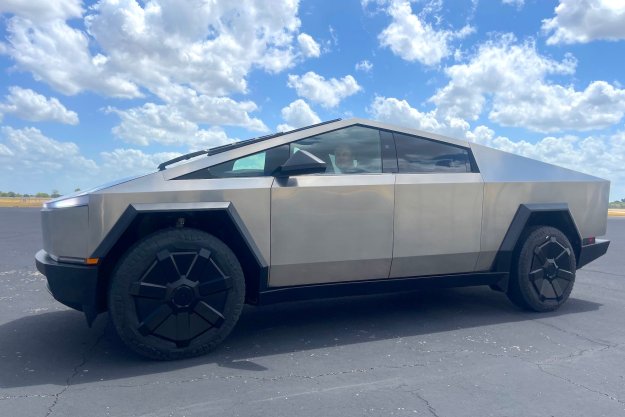In case you missed the memo: CES is officially a car show. Automakers have been using the expo to showcase their latest technology for years, but at CES 2019, they’ve flooded the floor in outlandish concept cars that challenge traditional definitions of what a car even is.
This year is all about living rooms on wheels.
While there are still wild concepts with larger-than-life wheels, swooping profiles and glittering lights, the real highlight at CES is on the inside. As self-driving technology has matured, designers have begun to envision what cars can look like without steering wheels, and a lot of the results share a common theme.
More from CES
- Our CES 2019 Hub: The latest news, hands-on reviews, and more
- Chinese car startup Byton is moving the touchscreen to where you least expect it
- Mercedes-Benz gives the 2020 CLA the star treatment at CES 2019
- Bring Google Assistant into your car with the Roav Bolt, shown at CES 2019
While car enthusiasts want horsepower, driving dynamics, and snarling looks, geeks apparently want … well, to kick back and watch TV. At CES 2019, almost every manufacturer showcased a self-driving lounge concept that promises to turn drivers into riders and shuttle them from A to B in a cube on wheels. Naturally, we had to check them all out.
In case common sense doesn’t already suggest otherwise, it’s worth noting that many of these concepts are nowhere close to production. While CES 2019 attendees can hail a self-driving BMW through Lyft and taste the future, there’s still a gooey human in the driver’s seat with an old-fashioned steering wheel. And they use it. Liberally.
Until A.I. and sensors become good enough to consistently handle every single driving scenario better than a human, cars without steering wheels remain years and possibly even decades off. So enjoy the dream of snoozing on your commute. But keep those eyes open, for now.

Nissan Invisible to Visible Concept
Nissan wins the award for the most head-spinning marketing jargon with the “invisible-to-visible,” or I2V, technology on display in this concept. “We combined omnisensing and the metaverse to come up with I2V,” a Nissan presenter somehow told us with a straight face. In other words, you wear an augmented-reality headset and the car plasters the dash with all sorts of virtual driving aids. Unlike some of the other lounge cars in our roundup, this one actually includes the possibility of manual control, but you would do it with gloves that sense your hand position, not a physical wheel. That’s how they roll in the metaverse, obviously.

Kia R.E.A.D. Emotion
Are you sad? Happy? Ruminating on the possibility of impending divorce? Kia’s R.E.A.D. Emotion concept is supposed to read your emotions (get it?) as you enter the car and tailor the experience to your liking. It uses a built-in camera to examine your face and A.I. to intone your emotional status, then changes the color of the lighting, television content, and seating to your state, like vibrating the seat if you’re stressed. Ahh, that’s better.

Mercedes Urbanetic Van
People are just squirmy cargo that breathes, so Mercedes built a futuristic van that accommodates both humans and crates of carrots — or whatever you need to move. Shown here in passenger form, the Urbanetic is basically an electric skateboard with swappable bodies. For CES 2019, the illuminated ceiling on this one sports an audaciously gaudy casino theme, and it seats up to 12. Since it’s designed for fleet use, the swappable bodies would allow owners to transport people during times of high demand, and cargo during quieter hours, like at night. After all, an EV that ain’t moving ain’t earning.

Aisin Type C
Partly owned by Toyota, Aisin is a Japanese company that makes components from brakes to batteries, not cars. But that hasn’t stopped it from imagining its own lounge of the future, the Type C. Aisin showed off two versions at CES: An automated passenger car and an automated limousine. This is the latter. The seats swivel to greet passengers, but a front-facing driver seat and steering wheel suggest the Type C would still rely on some human intervention.

Denso Urban Moves
Like Aisin, Denso is in the parts game, so the Urban Moves concept is more of a showcase for what it can enable than what it ever plans to build. The big push here is mobility as a service: This is a car you would order up as an Uber or Lyft alternative, not a car you’d own. A table in the middle makes it a bit like riding in a diner booth, and a screen in said table even gives you something to distract yourself from the awkwardness of riding with total strangers.

Continental Urban Mobility Experiment (CUbE)
Continental has been wheeling this thing to CES since 2017, but we’ll give the company credit for having one of the few functional vehicles on this list — you can actually find them rolling around Frankfurt, Germany right now. You may think of Continental as a tire company, but it also develops sensors, braking systems, and a lot of other technology that enables the CUbE to drive autonomously.

Audi Aicon
Leave it to Audi to create one of the best-looking vehicles on our list. A translucent roof and seats that look ripped from the deck of the Starship Enterprise give it an insanely futuristic appeal. Audi has also opted for a more Spartan interior that includes no gigantic screens, if you exclude the touchscreen in the door. Audi has shown the Aicon at CES before, but it claims a production-ready version should be arriving in 2021. Here’s hoping.

Hyundai Mobis Concept
Unlike Audi, Hyundai Mobis makes no attempt at serenity inside its concept, which replaces the windshield with a giant TV and strips out windows almost entirely. In one demo, a loudly clanging Pachinko-like game made it seem like a casino on wheels. No wonder they’re showing it in Vegas. The real advancement here is in the exterior lighting, which changes colors to communicate with pedestrians the way a human driver might through eye contact. Red means don’t go. Green means it’s safe to cross. After love, it’s the other universal language.

AEV Robotics MVS
Much like Mercedes, AEV Robotics sees autonomous vehicles as electronic skateboards that can handle everything from fresh food to garbage with different pods. It has dubbed its concept the Modular Vehicle System, or MVS. The Australian company broke cover with this concept at CES last year, but few details have been released on what remains very much a prototype.

BCS Automotive Interface Solutions
You’ve probably never heard of BCS, but there’s a good chance the company made the switches in your steering wheel or the sensors that tell you your tires are going flat. The Surf ‘N Curve concept (see the surfboard on the roof?) sports an array of screens to eliminate blind spots, plus joysticks in the armrests that take the place of a steering wheel, then fold away in autonomous mode.

Bosch IoT Concept
Bosch makes many of the sensors that make self-driving cars possible, but the magic in this concept shuttle is more in the software. For instance, riders will punch their destination into an app, and algorithms will intelligently connect them with a shuttle carrying passengers headed that way. They’ll be able to reserve a specific seat, wave their phone to unlock the shuttle, and cameras inside will even detect spills and other messes to summon the shuttle for cleaning. Oh, and if you leave something behind? The app will let you know.

ZF E.Go Mover
It’s not the prettiest, but the E.Go Mover is already on sale, and the company expects to deliver 400 of them in 2019 alone, mostly to European cities. Not surprisingly, they do have steering wheels, but they should be able to make the leap to fully autonomous operation within the next two to three years. With room for 10 people sitting and an additional 5 standing, ZF hopes the Mover can help to alleviate congestion.


